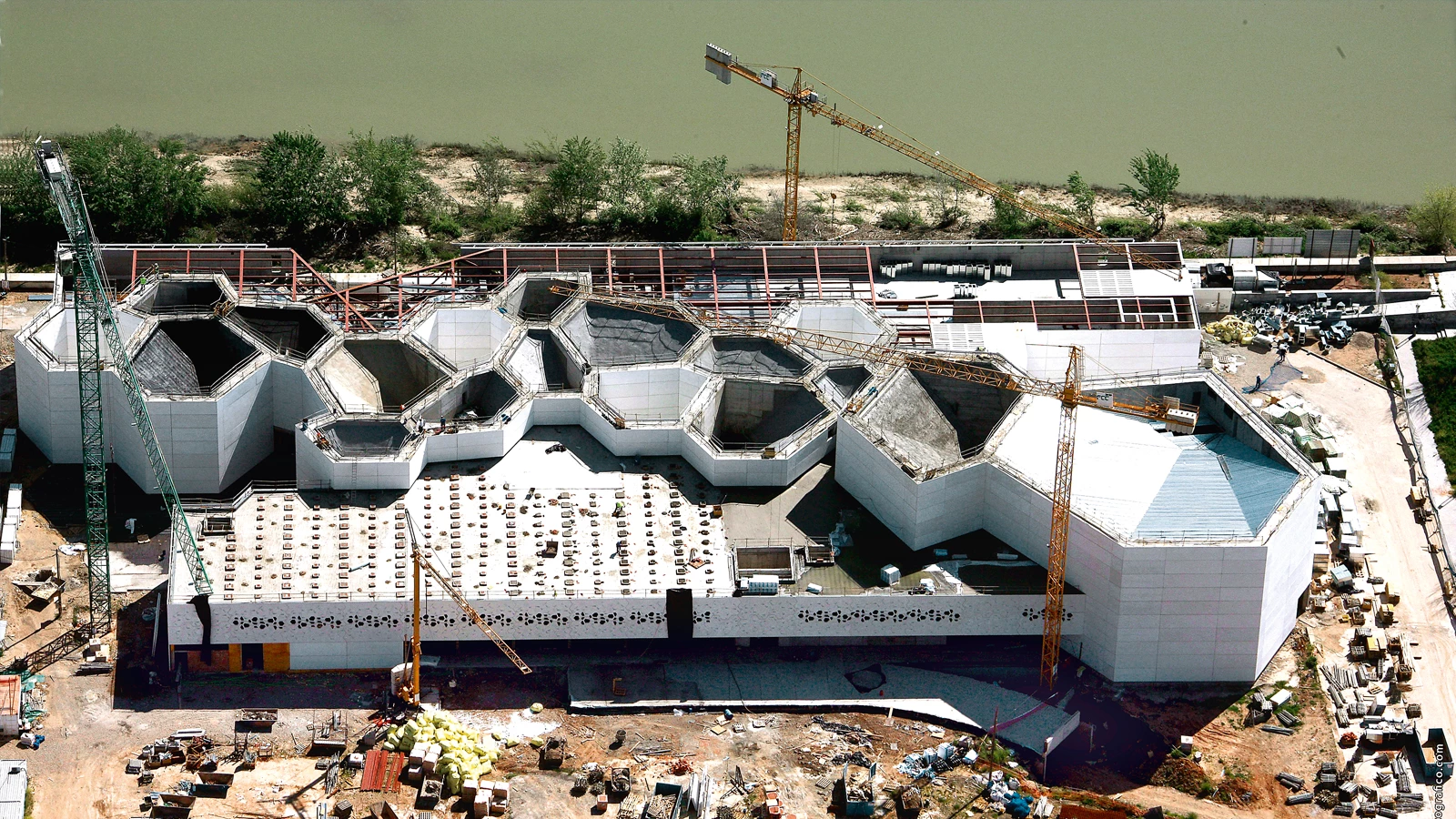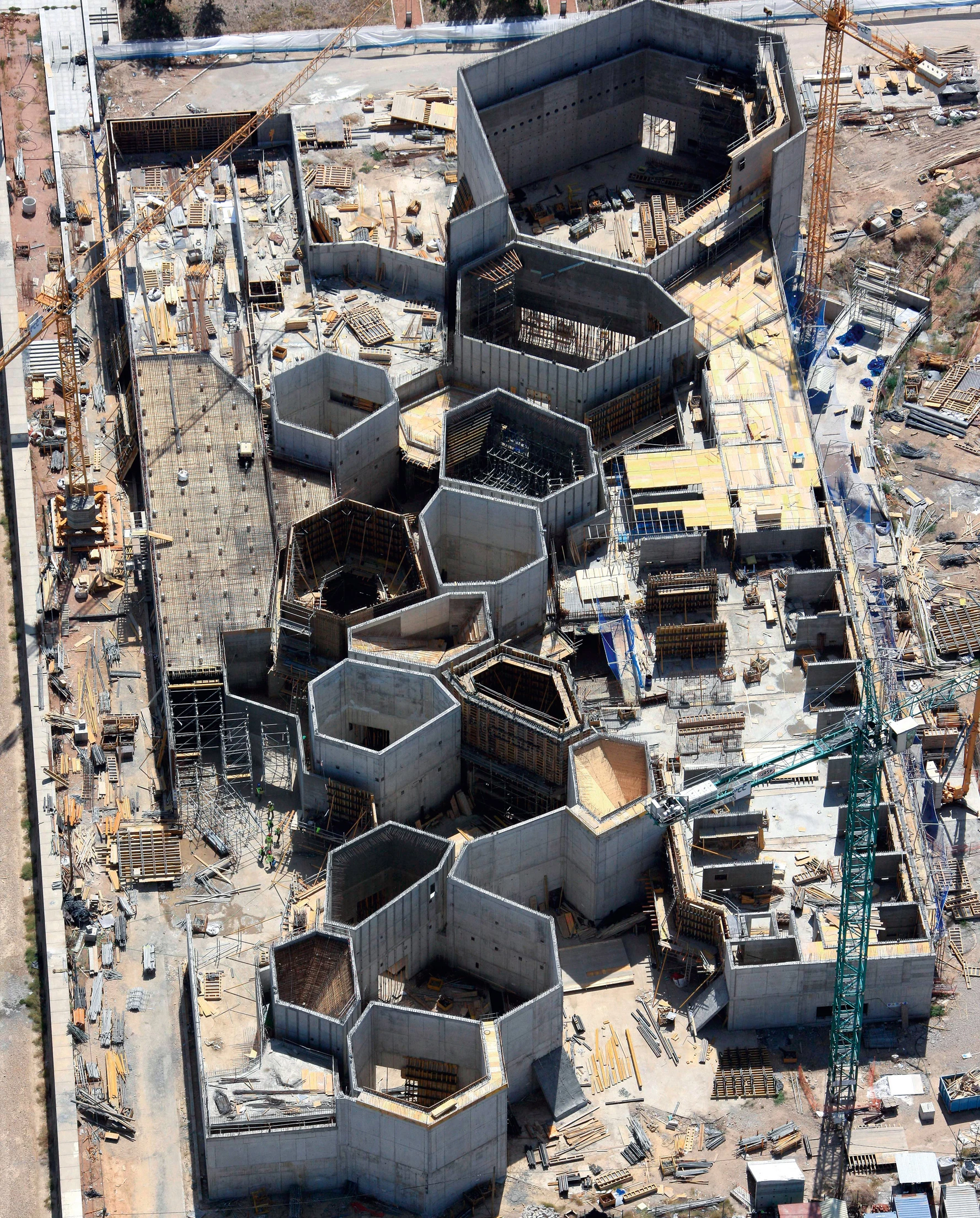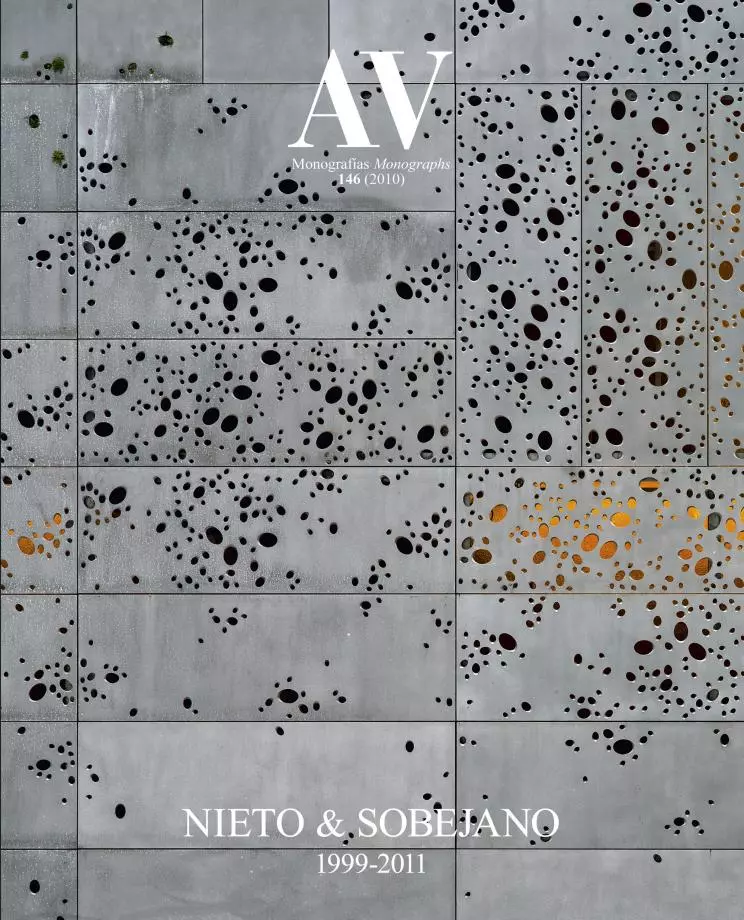Center for Contemporary Creation, Cordoba (in construction)
Nieto Sobejano Arquitectos- Type Culture / Leisure Museum
- Material Concrete
- Date 2005 - 2011
- City Cordoba
- Country Spain
- Photograph Fernando Alda Roland Halbe
- Brand Arkilum Úrculo Ingenieros
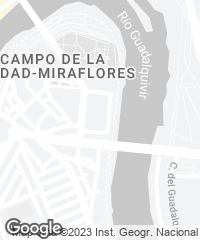
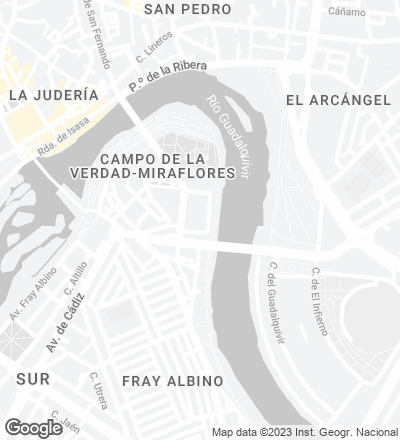
Architecture is always feeding on images concealed in our memory, ideas that at some point become clear and unexpectedly mark the outset of a project. Perhaps for this reason the echoes of the Hispano-Muslim culture still present in Córdoba have unconsciously meant more than a margin note in our project. In contrast to the homogeneity that globalized civilization seems to impose in all contexts, the Contemporary Art Center aims to interpret a different Western character, overcoming the clichés of that common expression.
Mistrusting the supposed efficiency and flexibility of the neutral and universal container so often used nowadays, we devised a building closely linked to a place and to a faraway memory. A building in which each space is configured individually, in a time that is subject to transforming itself and expanding in sequences of different dimensions, uses and spatial qualities. We have always admired the simplicity of the secret geometric laws through which Cordovan artists, craftsmen and master builders from a remote past were capable of generating the multiple and isotropic space of the Mosque, the faceted complex of domes and honeycombs, the permutations of the ornamental motifs of latticeworks and pavements, or the rules and narrative rhythms implicit in the poems and stories of Islamic tradition.
Just like those literary structures that included a story within another story, within another story – a neverending story –, we took a system as starting point for the project, a law generated by a self-similar geometric pattern, originated in a hexagonal form, which contains at once three different types of halls, of 150, 90, and 60 square meters. Like a combinatorial game, the permutations of these three precincts generate sequences of different halls that can eventually configure a single exhibition space. The artists’ workshops on ground floor and the labs in the upper level are contiguous to the exhibition halls, to the point that there isn’t even a strict differentiation between them: at the workshop it will be possible to hold exhibitions while using the halls for artistic production spaces. The auditorium – the black box – is conceived as a scenic space for theater performances, conferences, films, or else as a unique space for audiovisual exhibitions.
The CCC Córdoba is not a centralized argument: the center moves from one space to another, it is everywhere. It is configured as a sequence of precincts linked to a public street, to which all the different functions of the building flow out onto. Conceived as a place for interaction, it is a common space in which one can express and exchange ideas, see an installation, access exhibitions, visit the cafeteria, spend time in the media library, wait for a performance to begin in the black box, or maybe simply look out onto the Guadalquivir River.
The materials help to achieve the art factory character pervading the project. In the interior, bare walls and slabs of concrete and continuous pavings establish a spatial structure susceptible of being transformed individually through different interventions. A network of electric, digital, audio and lighting infrastructures ease access to sockets and connections in the whole place. Towards the exterior the building asserts its presence by means of a single material: prefabricated concrete fiberglass panels – GRC – which clad opaque and perforated facades, or else from the flat roofs or the sloping ones of the halls. The industrialized conception of the system, as well as the waterproofing, insulation conditions and the lightness of the material help to guarantee the precision and rationality of its execution, taking part at once in the combinatorial concept that governs the whole project. The facade onto the river, a true mask that protagonizes the exterior facade of the building, is conceived as a screen perforated by several polygonal openings with LED-type monochromatic maps behind them. With an appropriate computer program, video signals will generate images and texts that will be reflected on the river’s surface and enable installations specifically conceived for the place.
The building will be a gathering place for artists, visitors, experts, researchers and onlookers, as in a contemporary cultural bazaar, with no evident spatial hierarchies. It will be a center for artistic creation that will narrowly link the architectural space of art with the public: an open laboratory where architecture intends to encourage new forms of expression. We are sure that the building itself, the Guadalquivir River, the present and the past of Córdoba will not only be a circumstantial presence but – as it has been for us too – they will inspire a dialogue, a coincidence or perhaps a rejection. Because, aren’t these all feelings that underlie any search for artistic expression?
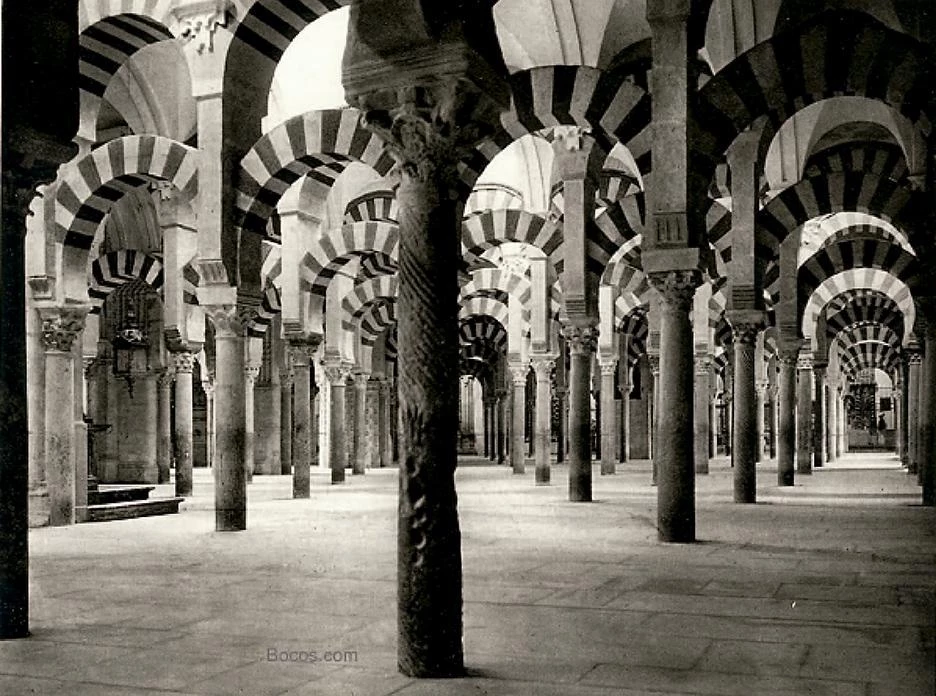


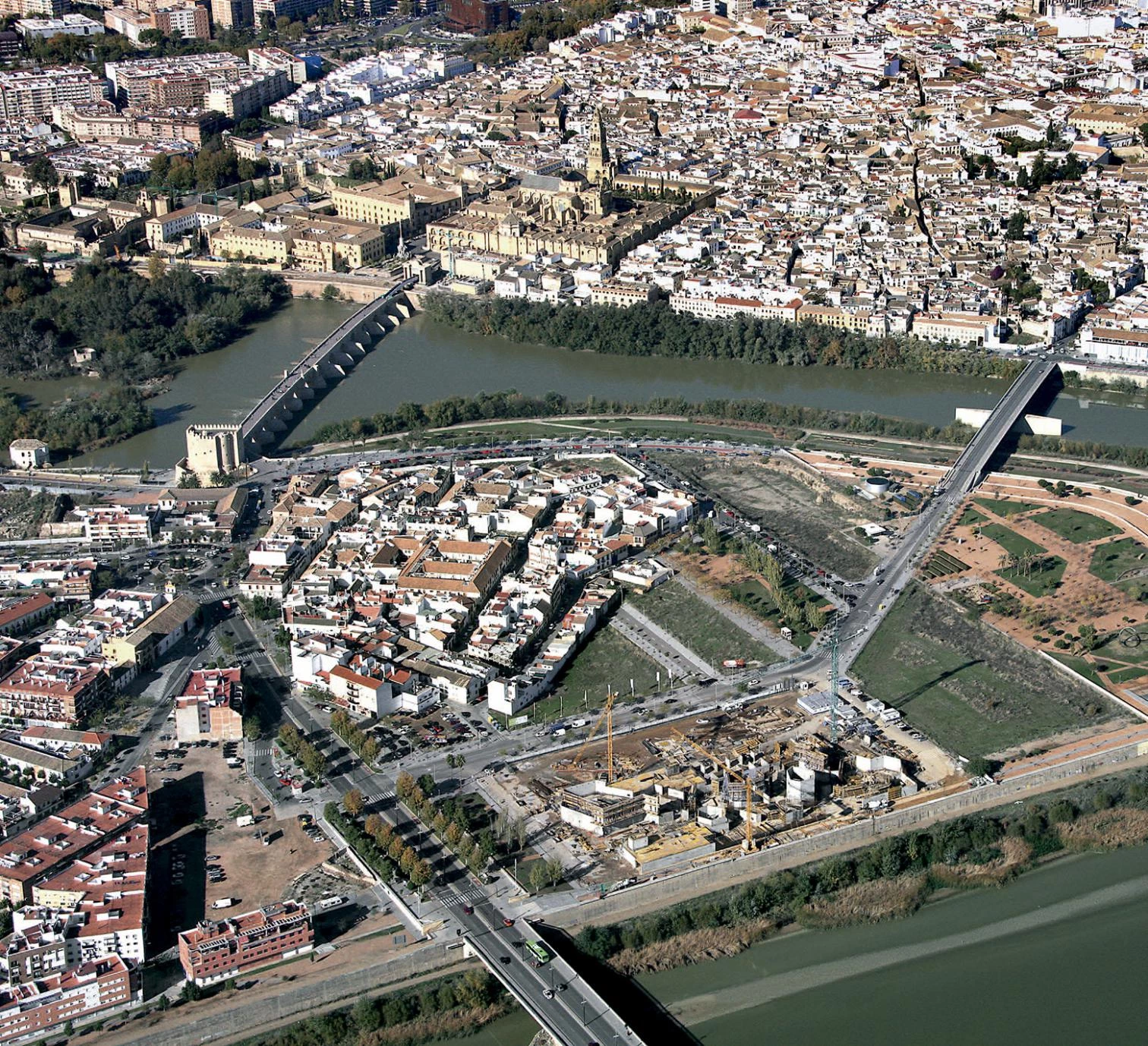
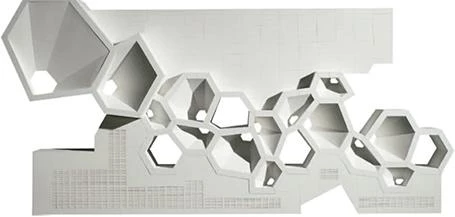

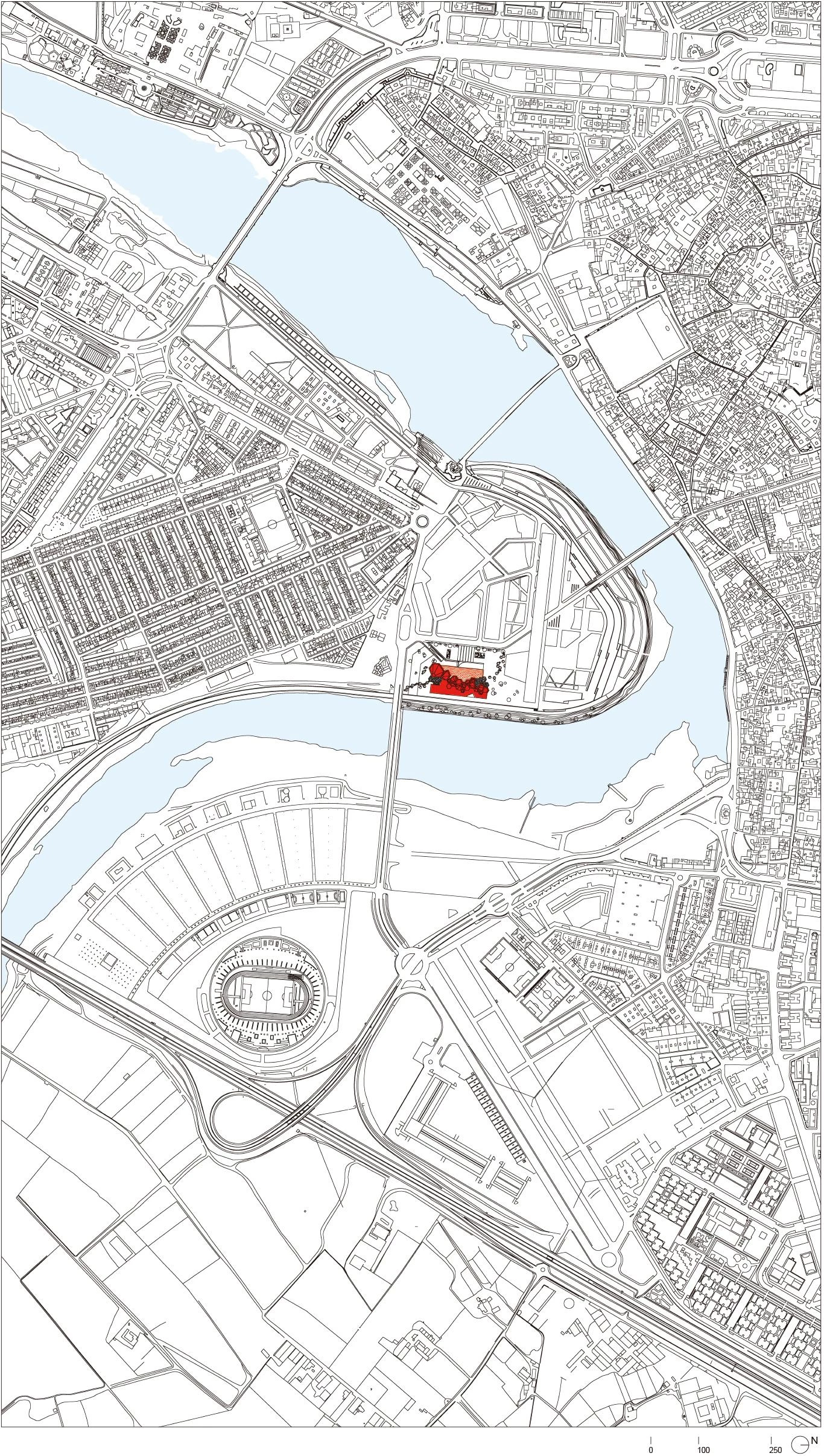



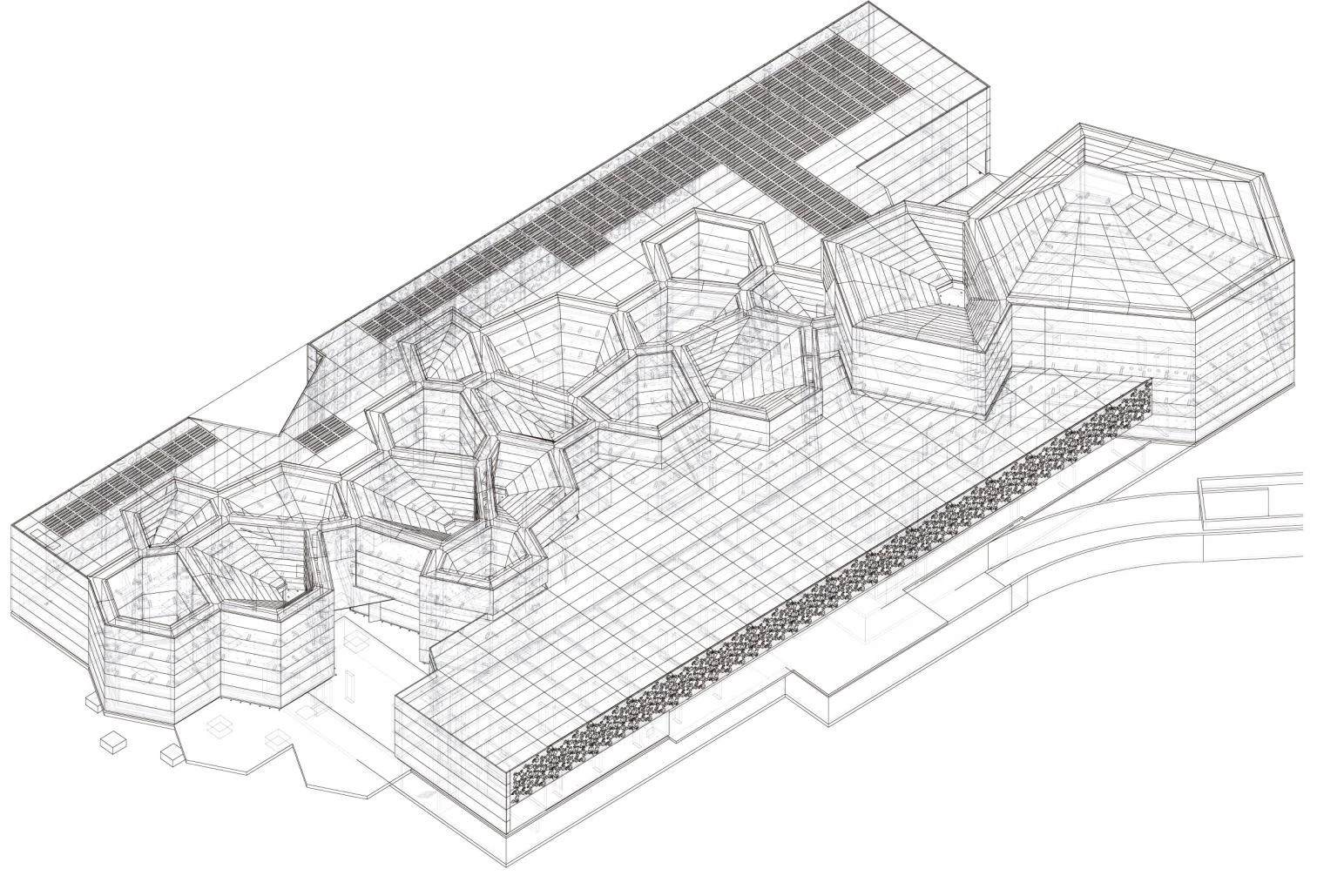

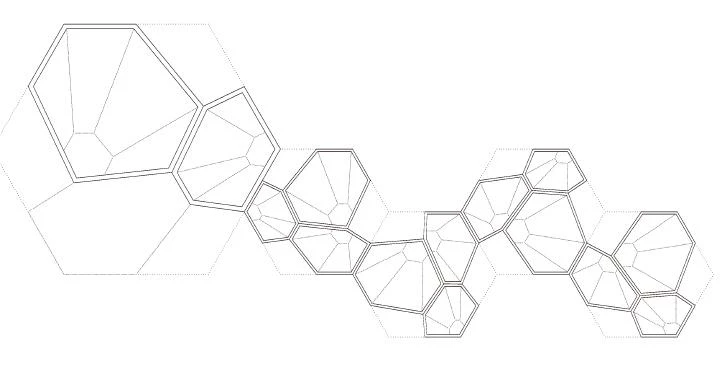
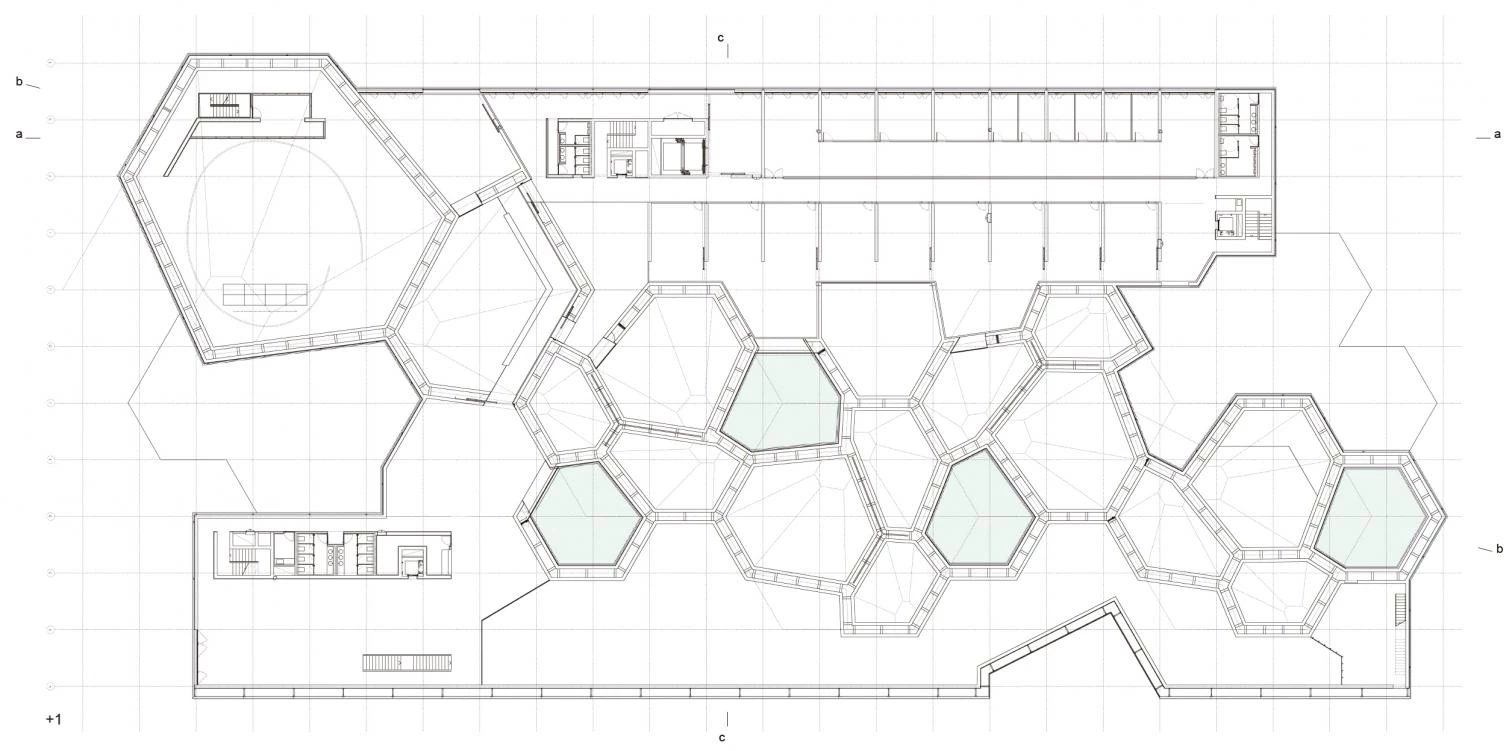
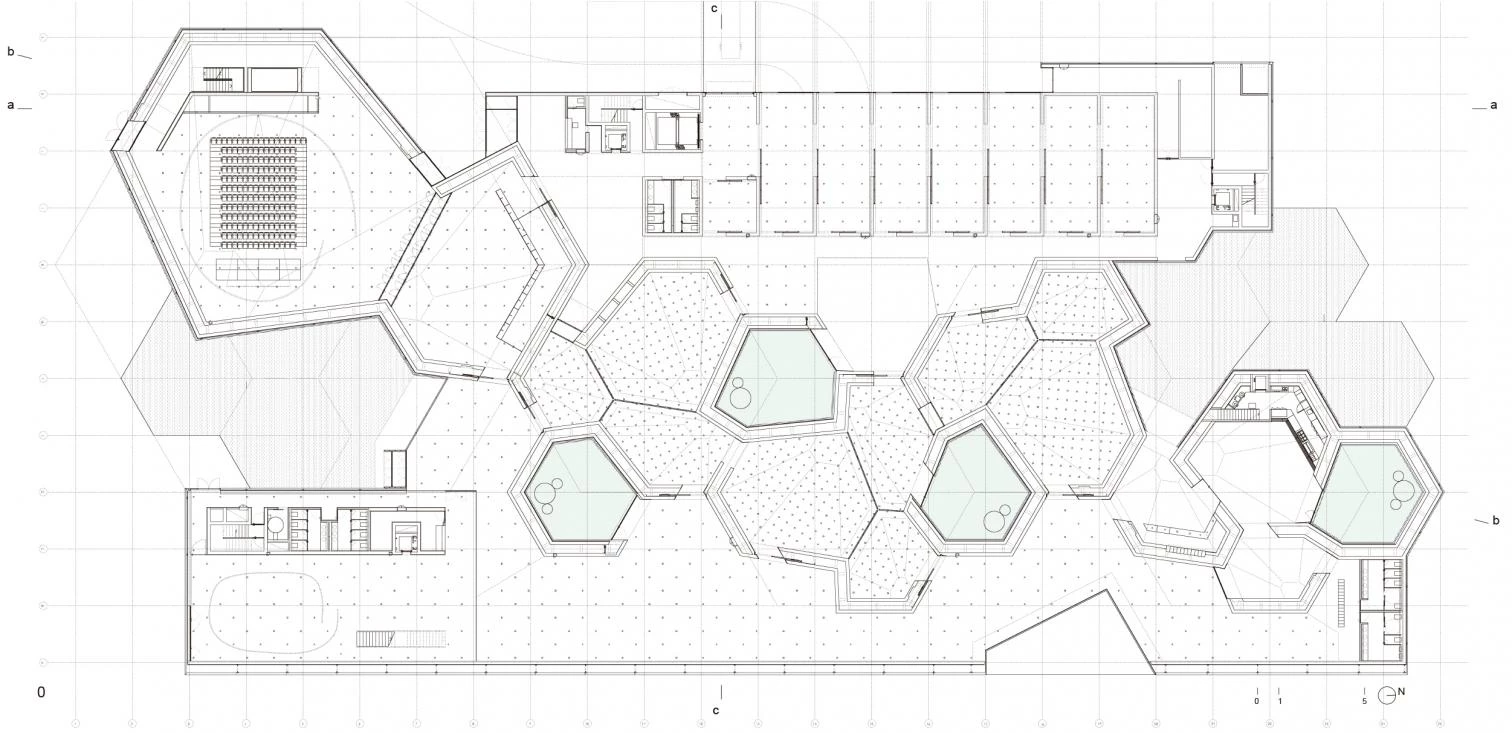


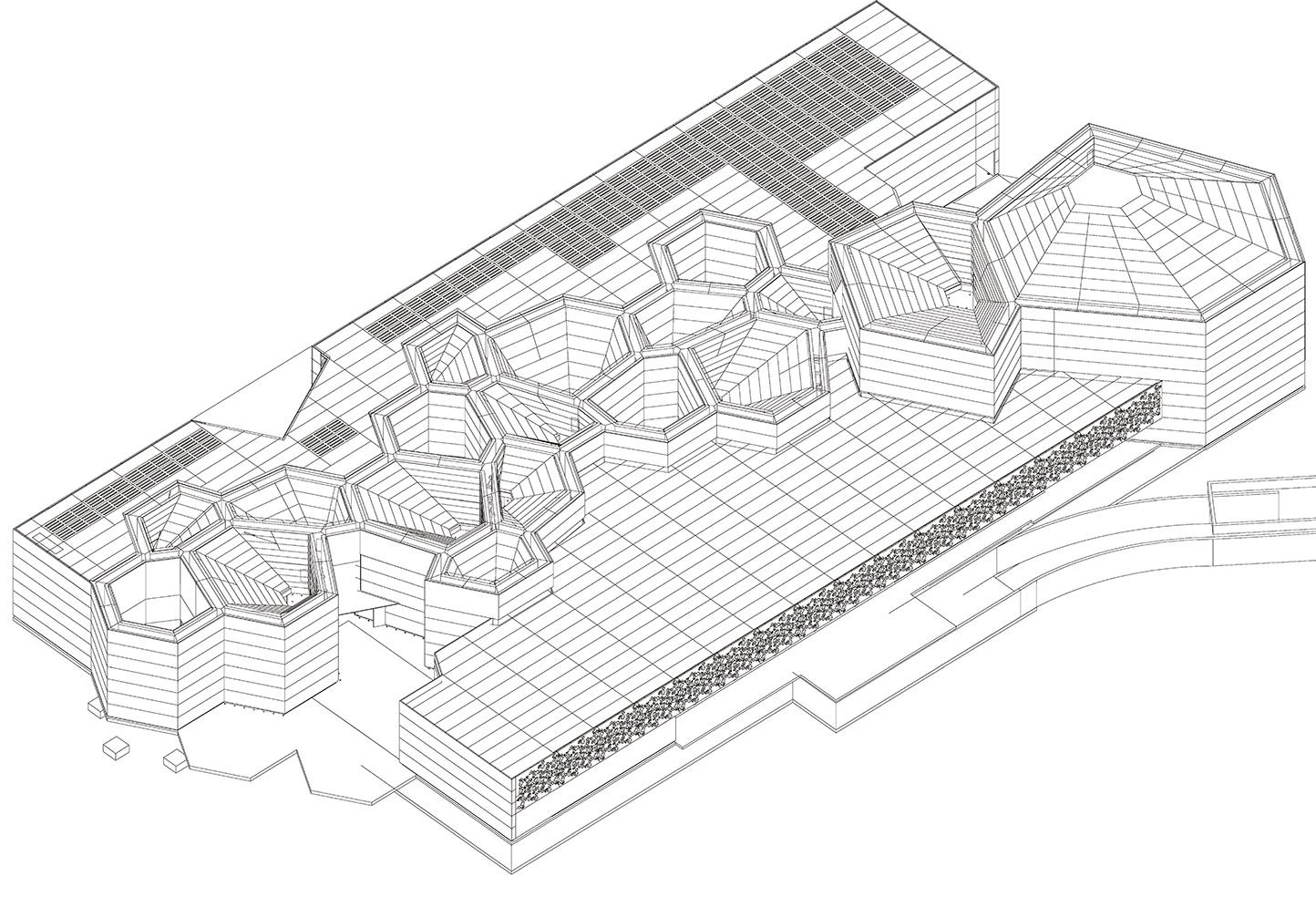


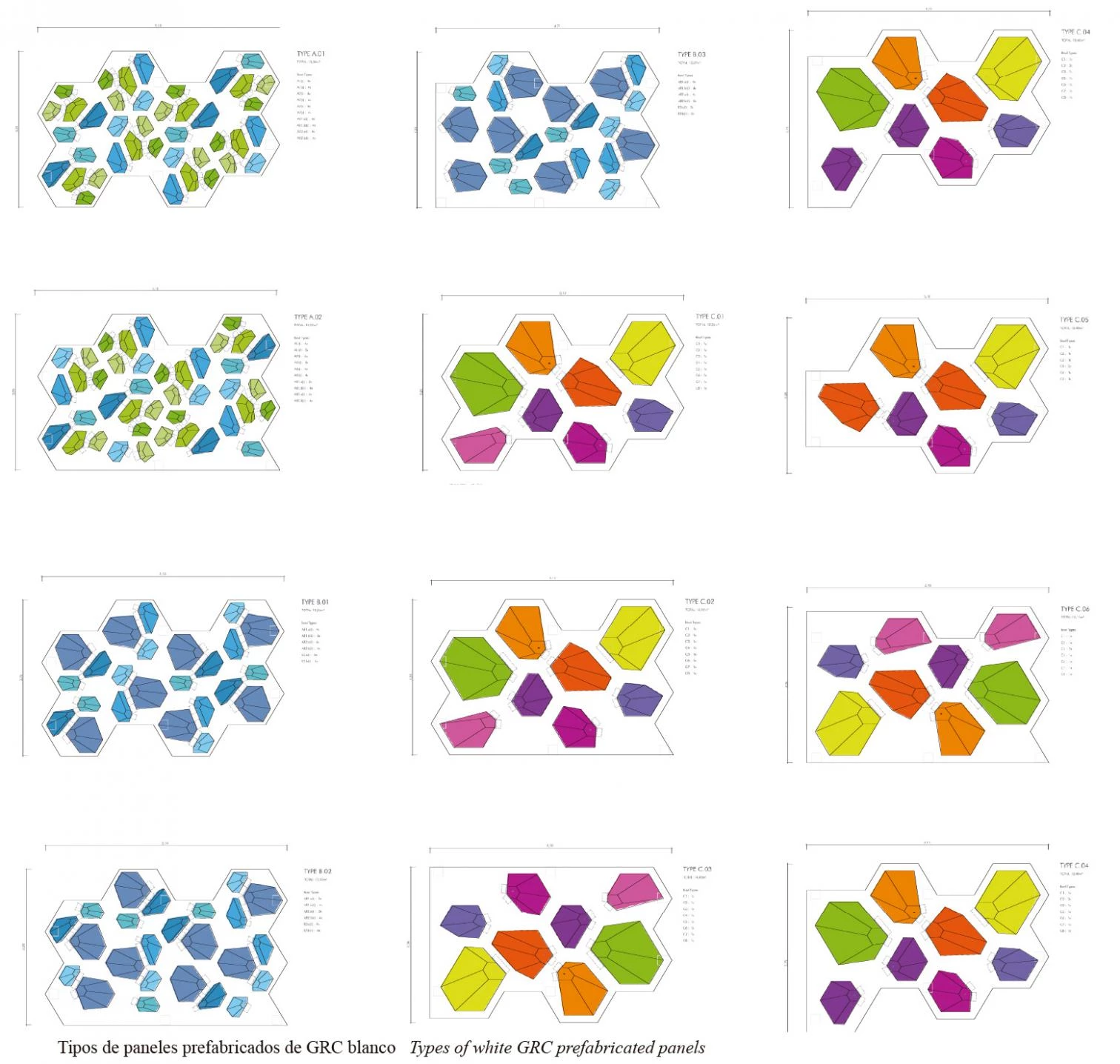
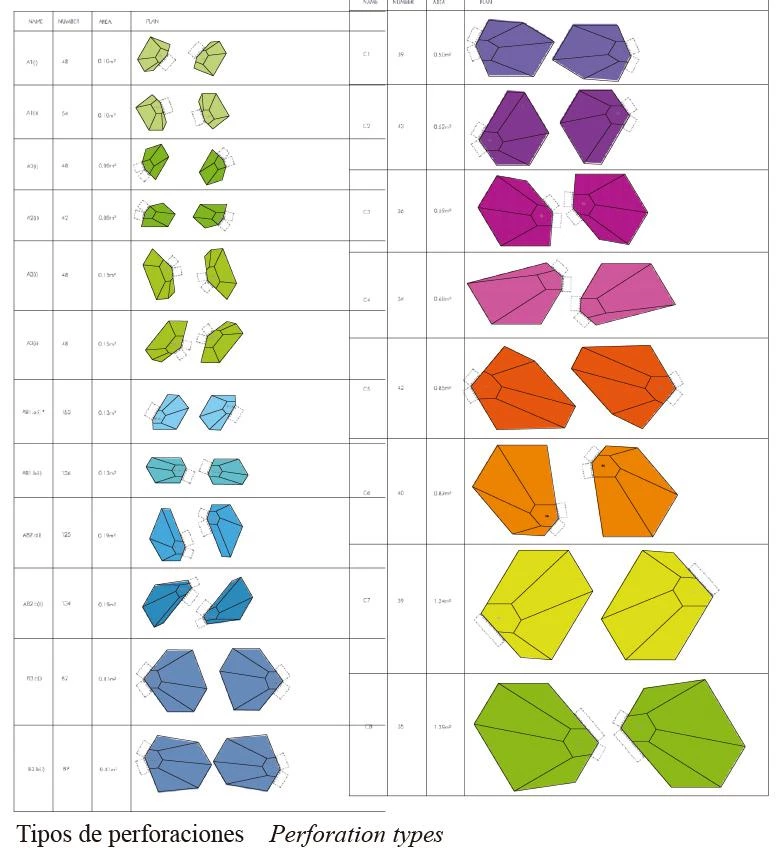






Obra Work
Centro de Creación Contemporánea de Córdoba
Cliente Client
Junta de Andalucía. Consejería de Cultura
Arquitectos Architects
Fuensanta Nieto, Enrique Sobejano
Fachada mediática Media Facade
Nieto Sobejano Arquitectos en colaboración con Realities:United
Colaboradores Collaborators
Vanesa Manrique (arquitecto de proyecto project architect); Sebastián Sasse, Beat Steuri, Carlos Ballesteros, Mauro Herrero, Bart de Beer, Alexandra Sobral, Juan Carlos Redondo, Rocío Domínguez, Nik Wenzke, Gilta Koch, Jesús Gijón (equipo team); Fuensanta Nieto, Enrique Sobejano (dirección de obra site supervision); Miguel Mesas Izquierdo (aparejador quantity surveyor); Nieto Sobejano Arquitectos, Juan de Dios Hernández, Jesús Rey (maquetas models)
Consultores Consultants
NB35, Alberto López (estructura structure); R. Úrculo Ingenieros Consultores (instalaciones mechanical engineering); 3i Ingeniería Industrial (protección contra incendios fire prevention systems); Ignacio Valero, Arkilum (iluminación illumination)
Contratista Contractor
FCC
Fotos Photos
Fernando Alda; Aurofoto
Fechas Dates
2005 (concurso competition)
2006 (proyecto project)
2008-2011 (construcción construction)

